Recently, iFLYIoT, an IoT platform developed by iFLYTEK, has been launched, bringing the total number of IoT platforms worldwide to over 450. Whether you are a developer or a professional in the field, the overwhelming variety of platforms can lead to “choice paralysis.” Let’s discuss how to quickly select the most suitable IoT platform based on different needs.
Post-Boom IoT Platforms
We know that the Internet of Things (IoT) is a vast ecosystem, primarily consisting of four layers: the perception layer, transmission layer, platform service layer, and application service layer. Among these, the IoT cloud platform is a critical hub in the IoT network architecture and industrial chain, organically gathering the capabilities and resources of all parties.
The IoT platform is a modular software technology that provides solutions for connecting IoT devices, device management, data management, application development, and advanced analytics.
In simple terms, the IoT platform offers a variety of comprehensive services necessary for connecting physical objects to the network.
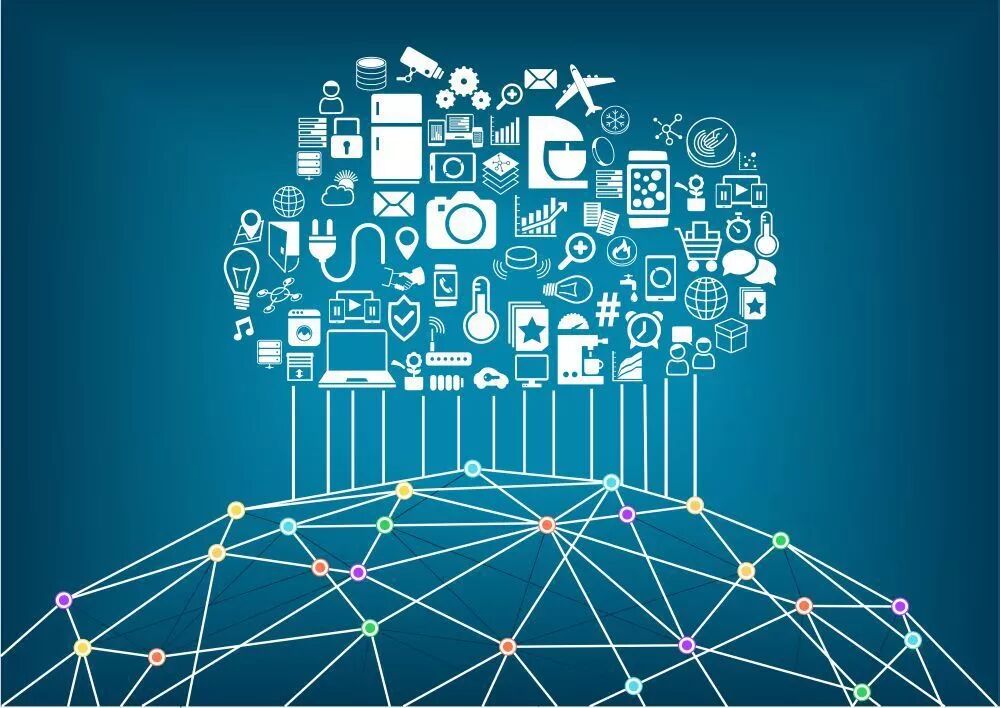
The IoT platform is based on three cloud computing service models: IaaS, PaaS, and SaaS, gradually improving its functional system, including ICP (Infrastructure Cloud Service Platform), CMP (Connection Management), DMP (Device Management Platform), AEP (Application Enablement Platform), and BAP (Business Analytics Platform).
As the core hub of IoT, the IoT platform market has rapidly grown over the past three years, and this multifunctional software platform is becoming increasingly important across various industries. The year 2017 is considered the baseline year for the IoT platform market, with an overall market value exceeding $3.1 billion. By the end of 2018, the IoT platform market was expected to reach approximately $4.5 billion, and it is projected to grow to around $22.3 billion by 2023, covering 11 industry sectors, including agriculture, construction, automotive, energy, healthcare, manufacturing, public services, retail, supply chain, and transportation.
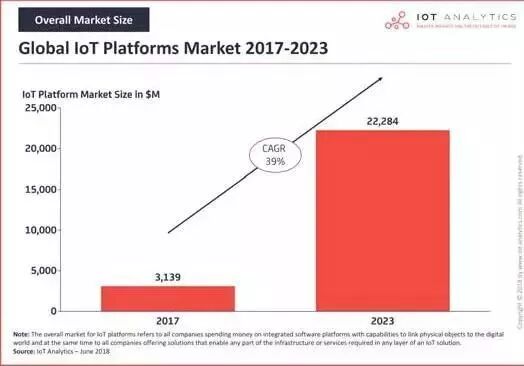
(Source: IoT Analytics)
Previously, the IoT platform experienced a boom, with traditional IT companies, telecom operators, communication equipment manufacturers, internet companies, industrial solution providers, and new startups all entering the market like mushrooms after rain.
The influx of numerous participants has made the IoT platform market quite crowded, leading to a significant increase in recent merger and acquisition activities, indicating that the market is entering a consolidation phase.
How to Choose an IoT Platform?
For enterprises, when considering the myriad of IoT platforms, it is essential to evaluate aspects such as connectivity, services, coverage, data volume, and security based on their specific solutions.
1. Connectivity
Test the network coverage of the platform to determine if it meets the current and future requirements of the enterprise.
2. Coverage Area
Understand which areas the platform’s services cover and whether it provides global support.
3. Connection Methods
Consider the connection methods provided by the platform (Wi-Fi or cellular network solutions) in relation to the enterprise’s IoT products, and evaluate these network connection requirements.
4. Service Types
Consider the potential future development of the enterprise and assess whether the platform’s services can meet those needs. Understand whether the platform is a connection platform or provides hardware, software, and end-to-end connection solutions. Additionally, IoT platforms will gradually expand their services, so enterprises should consider whether the platform has a helpful development roadmap.
5. Data Packages
Familiarize yourself with the data packages offered by the platform provider. Understand whether the platform allows for the suspension or termination of data services at any time and whether it provides information on the amount of data used.
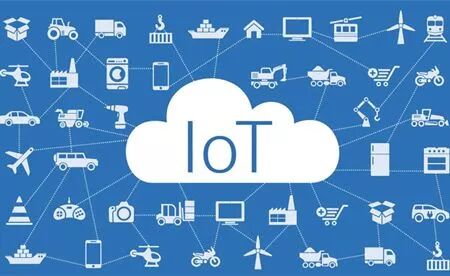
6. Data Access
Understand how the IoT platform integrates the enterprise’s backend with current cloud services and the methods for obtaining and processing relevant data.
7. Security
Check how the platform has previously handled security and privacy issues, including relevant security content. Enterprises also need to assess how the platform addresses security concerns.
8. Managed Integration
Understand how the platform integrates all the complex functions required for IoT into a single software package. For example, cellular network modems, operators/SIM cards, device diagnostics, firmware updates, cloud connectivity, security, application layers, RTOS, etc.
9. Hardware
Consider whether the platform can provide mature applications, developer kits, or starter kits tailored to the specific requirements of the enterprise. This often requires customization in advance.
10. OTA Firmware Updates
Enterprises need to evaluate the methods for remotely sending updates and bug fixes to devices and whether the process is complex.
In addition, enterprises should also consider the platform’s uptime, partnerships, regulatory methods, etc. After a multidimensional assessment, enterprises can carefully select a platform that suits their development.
What Types of IoT Platforms Are There?
1. End-to-End IoT Platforms
End-to-end platforms provide tools for hardware, software, connectivity, security, and device management, capable of handling millions of concurrent device connections. They also offer all on-demand managed integrations, including OTA (Over-the-Air Technology) firmware updates, device management, cloud connectivity, mobile modems, and the ability to connect and monitor various online devices.
Platform Example: Particle
Particle is a U.S.-based IoT startup. The Particle platform has established a cloud-based infrastructure that allows developers and enterprises to access their devices in real-time in natural environments. The software development kit (SDK) developed by Particle helps IoT companies easily connect their devices to the Particle platform. Additionally, its SDK enables enterprises to implement over-the-air (OTA) updates and upgrades, facilitating the improvement of smart home device performance.
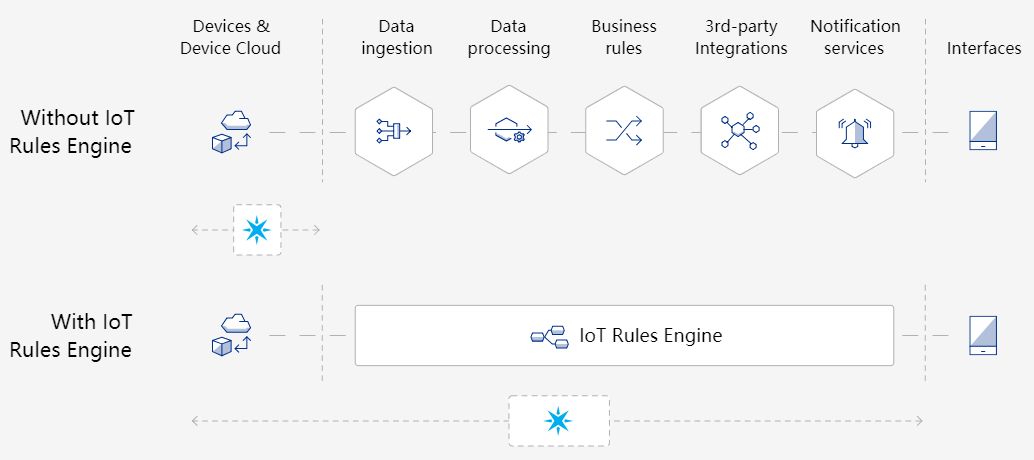
In addition to smart homes, Particle also enables enterprises to provide intelligence through remote monitoring or tracking of valuable assets.
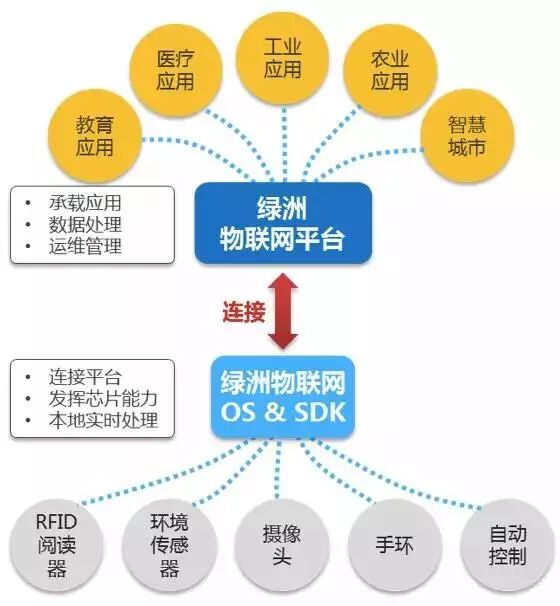
Platform Example: Oasis IoT Platform
The Oasis IoT Platform from H3C is a dedicated PaaS platform for IoT solutions, responsible for supporting applications above and adapting terminals below, while achieving horizontal capability integration. To achieve these goals, the Oasis IoT Platform provides data processing capabilities, application support capabilities, ecological openness capabilities, architecture adaptability (high concurrency, high reliability, self-recovery, scalability), security assurance capabilities, and device management capabilities.
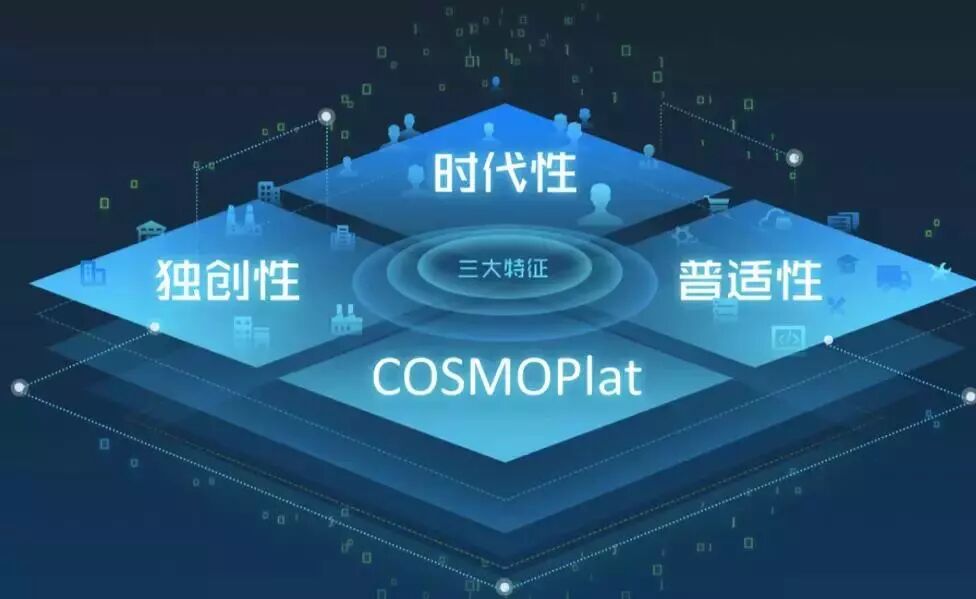
Platform Example: COSMOPlat
Haier’s concept of building an intelligent industrial platform is not limited to just smart manufacturing; it aims to create a truly intelligent industrial chain and new industrial ecological environment that can connect with the internet. Haier COSMOPlat is an open, co-creation, and win-win ecological platform. It is borderless, capable of cross-industry (from home appliances to upstream and downstream, and across all industries, currently replicated in 12 industries outside home appliances, including textiles, construction, and transportation) and cross-border (from domestic to international, currently replicated in 20 countries including India and Pakistan).
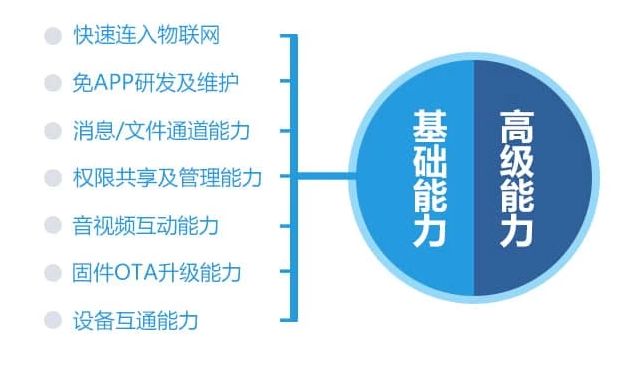
Platform Example: QQ IoT Smart Hardware Open Platform
In 2014, the “QQ IoT Smart Hardware Open Platform” was launched, providing core capabilities such as the QQ account system and relationship chain, as well as QQ messaging capabilities to partners in fields such as wearable devices, smart homes, smart vehicles, and traditional hardware, enabling interaction and connectivity between users and devices, as well as between devices. This fully utilizes and leverages Tencent QQ’s vast client base and cloud services to help traditional industries achieve internet transformation. Its main advantages are innovative product capabilities, reduced R&D costs, and expanded social influence.
2. Connection Management Platforms
This type of platform provides low-power and low-cost connection management solutions through Wi-Fi and cellular network technologies. It encompasses hardware connections, cellular networks, and data routing functionalities.
Platform Example: Cisco Control Center
Cisco plays an important role at the network level, and the IoT is no exception. In early 2016, Cisco acquired Jasper Technologies for $1.4 billion. Jasper’s cloud-based IoT Control Center service platform is considered a standard IoT connection management platform. It helps enterprises and service providers globally launch and manage IoT services and monetize them.
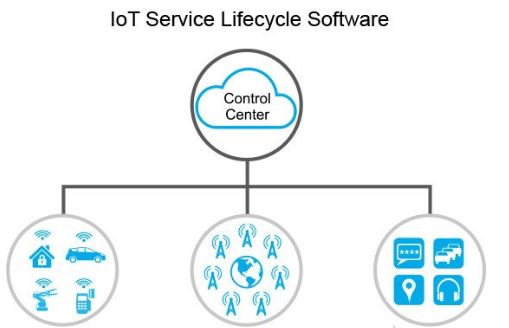
Users can manage IoT assets worldwide through a visual interface. The platform’s features include connection management, business management, billing, and cost management. Cisco has partnered with over 27 mobile operators globally and has more than 100 application APIs, making it easy to integrate the Control Center platform with the company’s IT systems.
Platform Example: CCMP 3.0
In 2017, China Mobile launched the CCMP 3.0 version, the world’s largest IoT connection management platform developed independently. This platform has evolved over five years and represents a new generation of IoT connection management platforms.
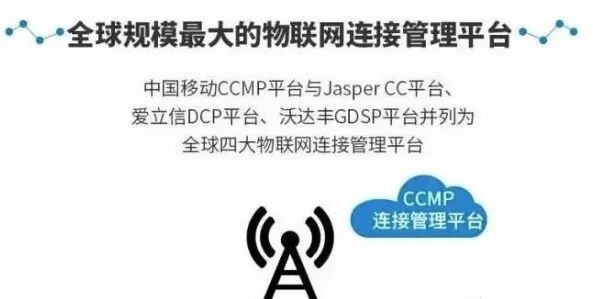
The new CCMP 3.0 primarily provides five capabilities: business operation capabilities, application integration capabilities, international business expansion capabilities, NB-IoT capabilities, and security protection capabilities. Among these, business operation, application integration, and security protection capabilities have undergone a complete kernel update based on version 2.0, evolving into new business capabilities; international business and NB-IoT capabilities are newly launched capabilities that provide new possibilities for enterprise customers to expand cross-border business and richer IoT business scenarios.
Platform Example: OceanConnect IoT Platform
Huawei’s OceanConnect IoT platform is a unified open cloud platform for operators and enterprise/industry sectors, providing an open three-layer architecture, an open connection management platform, an ICT-integrated device management platform, and a flexible application enablement platform. Through open APIs and unique agents, it integrates various industry applications upwards and connects various sensors, terminals, and gateways downwards, helping operators and enterprise/industry customers achieve rapid access to various industry terminals and rapid integration of various industry applications. Huawei’s OceanConnect IoT platform provides secure and controllable full connection management, enabling industry innovation and building an IoT ecosystem.
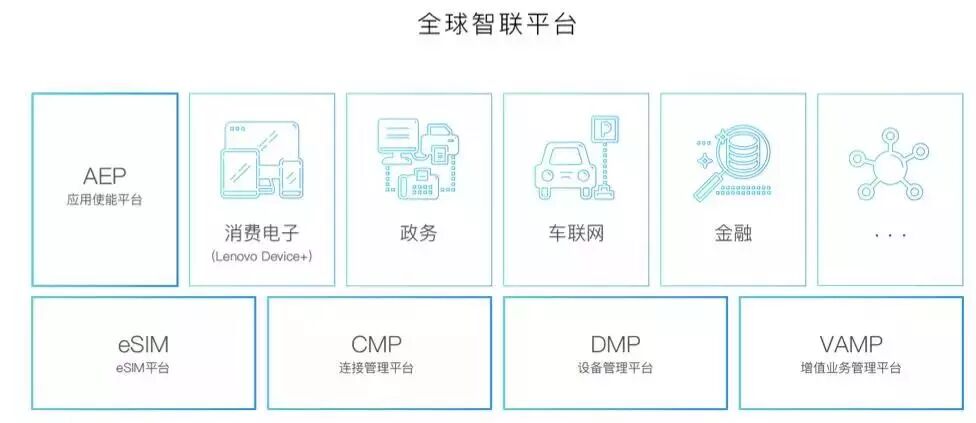
Platform Example: Lenovo Global Intelligent Connection Platform
Lenovo’s self-developed Global Intelligent Connection Platform is a cloud platform based on the PaaS+SaaS model, consisting of a connection management platform, device management platform, value-added service management platform, application enablement platform, and eSIM platform. It provides customers with end-to-end services covering communication services, device management, and application deployment, reducing the complexity of IoT device management and helping customers quickly achieve IoT transformation to improve operational efficiency and reduce costs.
Platform Example: Root Cloud Platform
The Root Cloud Platform, launched by RootLink, is China’s earliest and most connected industrial internet empowerment platform, capable of providing cloud services based on IoT and big data for various industries. It offers application services to machine manufacturers, financial institutions, owners, users, after-sales service providers, and government regulatory departments, while also collaborating deeply with various industry software, hardware, and communication providers to form an ecological effect.
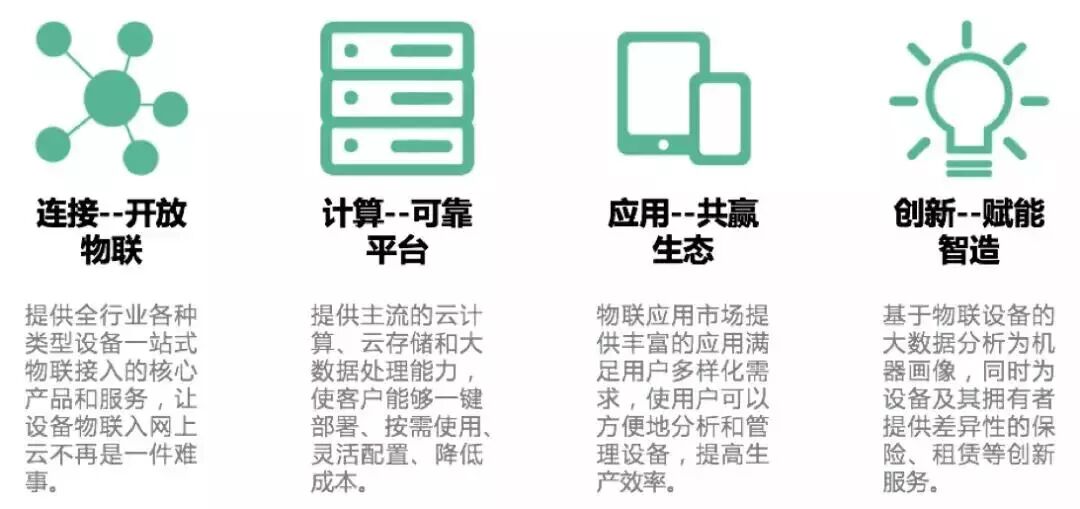
By summarizing experiences in practice and applying knowledge and models back into practice, the Root Cloud Platform has connected over 450,000 industrial equipment units, including textile machinery, generator sets, agricultural machinery, CNC machine tools, casting machinery, logistics equipment, and industrial boilers, collecting nearly ten thousand parameters.
3. Cloud Platforms
Cloud platforms aim to help enterprises avoid the complexity of building their own network stacks by providing backend services to monitor and track the synchronized connections of millions of devices.
Platform Example: Google Cloud
By choosing Google’s serverless Cloud IoT platform, customers do not need to build and maintain expensive IoT data analytics infrastructure, which helps reduce total ownership costs. The pricing on the platform is calculated per minute, typically lower than Amazon Web Services prices, and there is even a pricing comparison tool to show how much you will save.
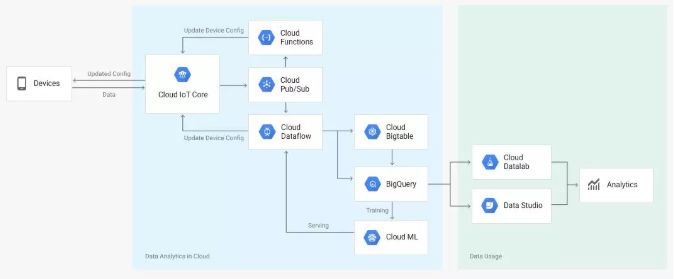
Customers using this platform can easily connect to the cloud using the Cloud IoT Core protocol bridge, which features automatic load balancing and horizontal scaling, managing all devices distributed globally. The focus of Google Cloud Platform is to make customer business easy and fast, providing instant access to information.

Platform Example: ThingxCloud
ThingxCloud, launched by ZTE, is an IoT PaaS platform designed for enabling IoT applications. It connects applications above, devices below, and internal data, empowering the IoT and supporting the ecosystem. Based on big data, AI, and security capabilities, it achieves device management, connection management, and application enablement management for IoT, adapting to various communication protocols and shielding network technology differences, making the underlying network transparent to upper-layer applications, providing capabilities such as terminal connection, application innovation, data sharing, operational support, and integration services for the IoT industry.
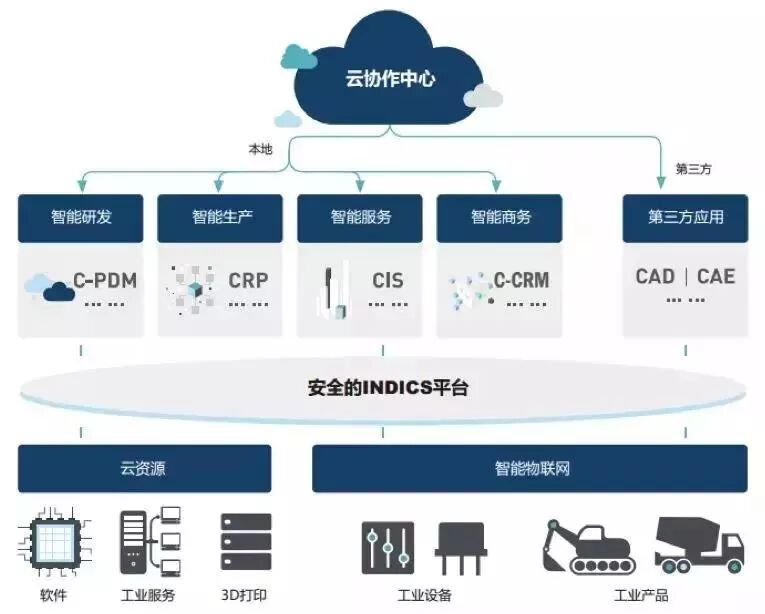
Platform Example: INDICS
INDICS (Industrial Intelligent Cloud System) is an industrial internet platform officially launched globally by the China Aerospace Science and Industry Corporation on June 15, 2017. This platform is driven by industrial big data and is based on cloud computing, big data, and IoT technologies, enabling comprehensive interconnectivity and integration of products, machines, data, and people.
Platform Example: Gizmo Wits
The Gizmo Cloud platform is a one-stop smart hardware development and cloud service platform launched by Gizmo IoT Company after years of industry experience and deep understanding of the IoT sector. The platform provides capabilities covering the entire lifecycle of smart hardware access to operational management, from product definition, device-side development and debugging, application development, production testing, cloud development, to operational management and data services.
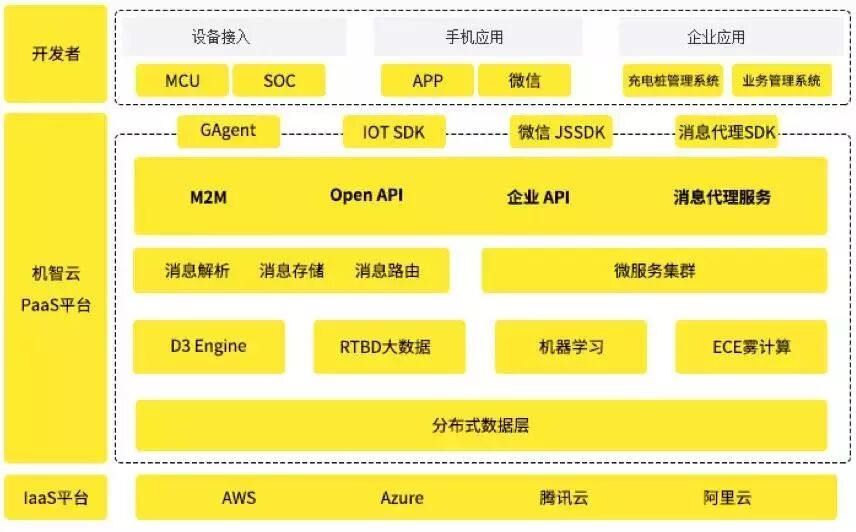
The Gizmo Cloud platform provides developers with self-service smart hardware development tools and open cloud services. Through user-friendly self-service tools, comprehensive SDKs, and API service capabilities, it minimizes the technical barriers to IoT hardware development, reduces developers’ R&D costs, speeds up product launch times, and helps developers upgrade hardware intelligence to better connect and serve end consumers.
4. Data Analysis Platforms
Although each IoT platform has its own data processing methods, they can all combine various necessary tools to manage and visualize device data routing and data analysis.
Platform Example: Microsoft Azure
For Microsoft, everything revolves around cloud computing. Microsoft’s core product, Azure, is a cloud-based operating system that provides a software + service computing approach, serving as the foundation of the Azure service platform. Azure can closely integrate the capabilities of developers in the cloud with services hosted by Microsoft’s global data center network, such as storage, computing, and network infrastructure services.
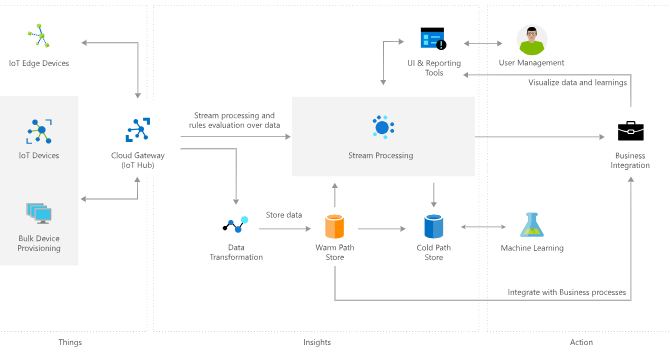
Microsoft’s platform supports larger-scale deployments; for example, it has connected thousands of Thyssenkrupp elevators.
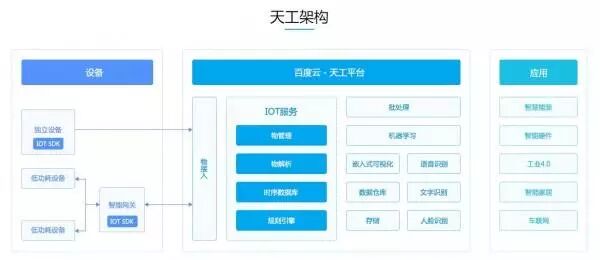
Platform Example: Baidu TianGong
Baidu TianGong is a “one-stop, fully managed” smart IoT platform that integrates Baidu ABC (AI, big data, cloud computing). From edge to cloud, from data collection, transmission, computation, storage, display to analysis, TianGong provides comprehensive foundational products and services. It focuses on key capabilities from “connecting” to “understanding” to “awakening,” making it easy to build various smart IoT applications and promote industry transformation.
Platform Example: WISE-PaaS
Advantech’s WISE-PaaS industrial IoT cloud platform is an integrated IoT service platform designed to provide actionable insights from edge to cloud. It enables you to securely connect, manage, and absorb large-scale IoT data, processing and analyzing/visualizing data in real-time. With a full suite of development tools, WISE-PaaS simplifies the deployment of IoT solutions, allowing you to focus your resources on your areas of expertise.

Platform Example: Cloud Intelligence Easy IoT Cloud Platform
The Cloud Intelligence Easy IoT Cloud Platform is aimed at IoT hardware manufacturers, providing platform capabilities as a service to assist traditional manufacturers in rapidly transitioning their products to smart and service-oriented solutions. It enables traditional enterprises to achieve strong connections and operations centered around customers and devices.
The xilink platform is the core product of Cloud Intelligence Easy, covering key functions such as terminal management, connection management, application support, and business analysis, while also providing comprehensive solutions based on the xilink platform.
Conclusion:
In the face of the myriad of IoT platforms on the market, do you have a clearer idea? The key to selection lies in the degree of fit with the enterprise itself; it may be helpful to use the above 10 criteria for initial assessment.
Additionally, it should be noted that the importance of IoT platforms is undeniable, and during the rapid development process, some issues and pain points have gradually emerged. Problems such as rigid architecture, low efficiency in collaboration between objects, and privacy and security concerns are undoubtedly raising higher demands for the intelligence and efficiency of platforms.
Global IoT Observation Compilation
Please indicate the source when reprinting
Related Extended Reading:
Understanding the RFID Industry Chain and Major Manufacturers in One Article!
Who are the Main Chip Manufacturers for Drones?
The Full Industry Chain of Smart Locks

Global
IoT Observation
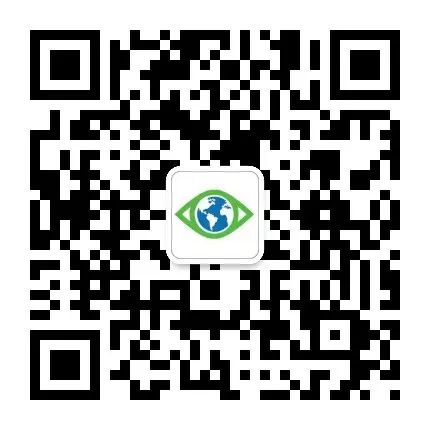
Global Perspective, Your IoT Central Intelligence Bureau!